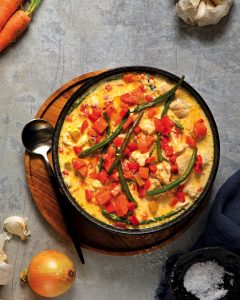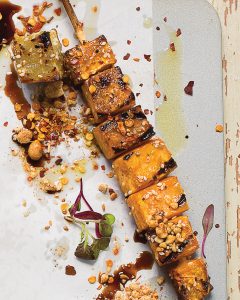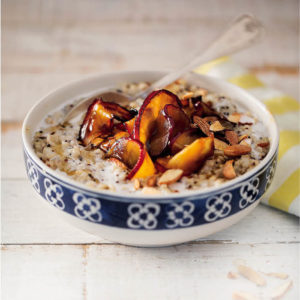Bored of rye bread? Tired of rice cakes? The first step to creating your favourite gluten-free bakes is knowing about the raw ingredients
1. Almond flour
A darling with those following low-carb, high-fat diets, as well as a traditional fave for baking because it produces a sweet, nutty flavour and robust texture.
(Ed’s note: Ground almonds are actually almond flour, just slightly coarser.)
All in moderation Nut-based flours can be pricey. Although they contain more protein than other flours, they also have more fat, so they are best eaten in moderation.
2. Buckwheat flour
A key ingredient in Russian blinis and French galettes (both fancy terms for pancakes), you can use this flour in waffles, biscuits or – if you’re feeling a little ambitious – home-made soba noodles.
Tip Non-wheat flours can be sticky, so make sure your tins are well greased and lined with baking paper, if needed.
3. Chickpea flour
Made from dried and ground chickpeas, this is also known as gram flour, besan (in India) or garbanzo flour (in the US). It creates a crumbly texture when used in biscuits and sweets.
4. Coconut flour
This is the finely ground fibre left over after extracting coconut oil or milk. It’s a thick, sweet flour best used in baking. It soaks up liquid like a sponge, so use plenty to rehydrate it.
5. Cornflour
In SA and other countries with British influence, ‘cornflour’ refers to the starch extracted from the endosperm of corn kernels, which is used sparingly as a thickening agent or to make cakes fluffier. The most common brand is Maizena. Don’t confuse it with the ‘cornflour’ mentioned in US recipes, which is actually cornmeal (maize meal), a flour substitute used in breads, cakes and muffins.
6. Potato flour
Unbelievably, cooked, dried and ground potatoes make the lightest brownies you will ever taste. Just like coconut flour, potato flour needs extra liquid.
7. Rice flour
In Asia, this is used for sweet and savoury steamed dumplings. It can also be turned into rice milk. It’s an alternative to wheat flour in cakes and muffins.
Need to know Recipes with these flours often use extra eggs (or vegan alternatives such as flaxseed) as binding agents.




